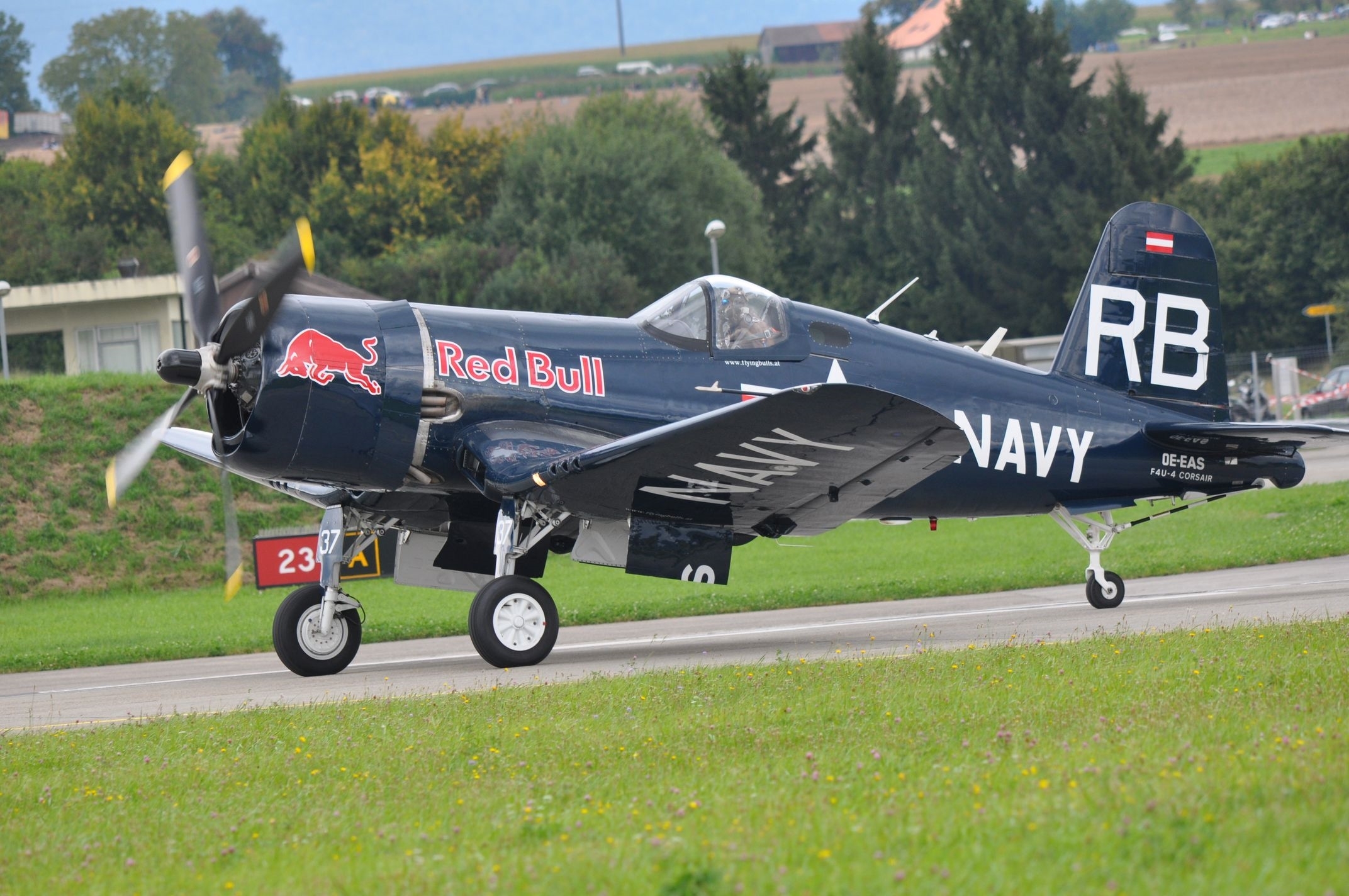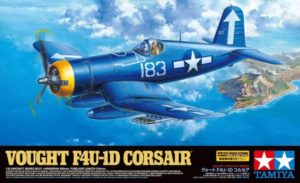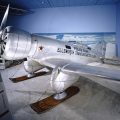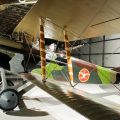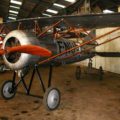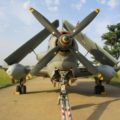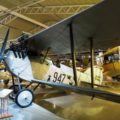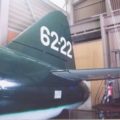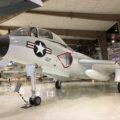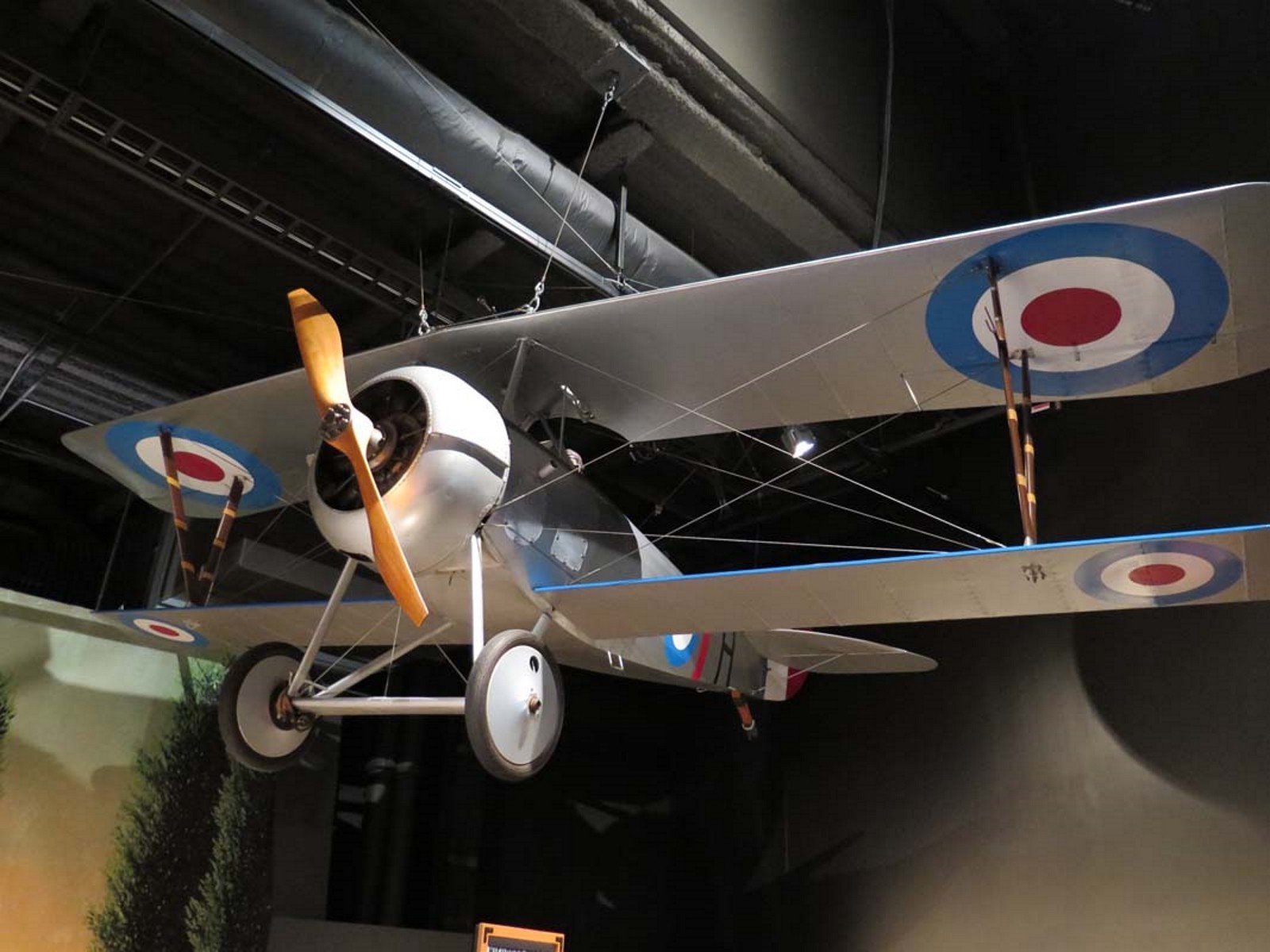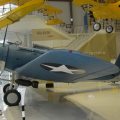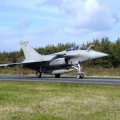Čaj Vought F4U Corsair is an American fighter aircraft that saw service primarily in World War II and the Korean War. Demand for the aircraft soon overwhelmed Vought’s manufacturing capability, resulting in production by Goodyear and Brewster: Goodyear-built Corsairs were designated FG and Brewster-built aircraft F3A. From the first prototype delivery to the U.S. Navy in 1940, to final delivery in 1953 to the French, 12,571 F4U Corsairs were manufactured, in 16 separate models, in the longest production run of any piston-engined fighter in U.S. history (1942–53)
Izvor: Vought F4U Corsair on Wiki
...
Više informacija:
The Vought F4U Corsair was a carrier-based fighter aircraft that saw service primarily in World War II and the Korean War. It was designed by Rex Beisel and first flew in 1940. It had a distinctive inverted gull wing shape that allowed it to accommodate a large propeller and a powerful engine. The Corsair was one of the fastest and most maneuverable fighters of its time, capable of reaching speeds of over 400 mph and performing tight turns and rolls. It was also well-armed with six 0.50-inch machine guns and could carry rockets, bombs, or drop tanks under its wings. The Corsair earned the respect of both its pilots and its enemies, who nicknamed it “Whistling Death” for its distinctive engine sound. The Corsair was used extensively by the U.S. Navy, Marine Corps, and British Royal Navy in the Pacific theater, where it proved to be an effective fighter-bomber and ground-attack aircraft. It also served with other Allied air forces in Europe, North Africa, and China. The Corsair was produced in several variants, with more than 12,000 units built by the end of the war. It remained in service until the late 1950s, when it was replaced by jet fighters. The Corsair is widely regarded as one of the best and most iconic aircraft of World War II.
